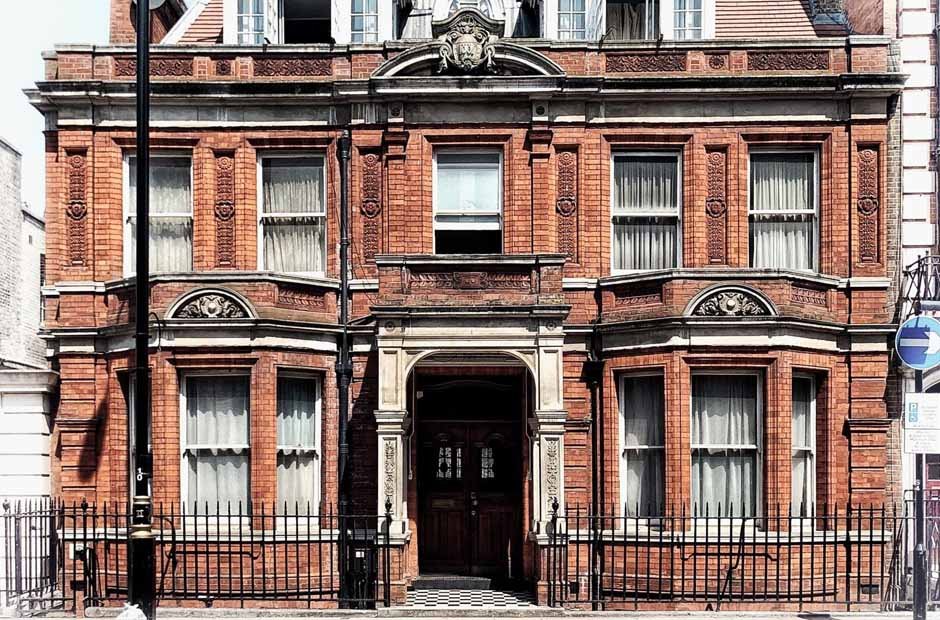London, a city steeped in history and culture, boasts a rich architectural heritage that spans centuries. From the iconic medieval structures of the Tower of London to the sleek, modern skyscrapers of the City, the architectural tapestry of London is a testament to its ever-evolving identity. In this blog, we will embark on a journey through the diverse styles that adorn the cityscape, celebrating the fusion of tradition and innovation that defines commercial architects in London.
Table of Contents
Gothic Grandeur: The Tower of London
Our journey begins with a visit to one of London’s most renowned landmarks: the Tower of London. This medieval masterpiece, constructed in the 11th century, showcases the grandeur of Gothic architecture. With its imposing stone walls, crenellated battlements, and intricate stonework, the Tower exudes an air of formidable strength and historical significance. Its design has remained virtually unchanged for centuries, serving as a vivid reminder of London’s medieval past.
Georgian Elegance: The Royal Crescent
Moving forward in time, we arrive at the elegant Georgian era, characterized by neoclassical architecture and a focus on symmetry and proportion. The Royal Crescent in Bath, a city just west of London, is a prime example of this style. However, London has its own share of Georgian gems, such as the terraced houses of Belgravia and Mayfair. These buildings, with their tall sash windows, wrought iron balconies, and white stucco facades, exude a sense of refined beauty that has stood the test of time.
Victorian Splendour: The Palace of Westminster
The Victorian era ushered in a period of unprecedented change and innovation in London’s architectural landscape. The Palace of Westminster, also known as the Houses of Parliament, is a prime example of Victorian Gothic Revival architecture. The iconic clock tower, housing Big Ben, stands as a symbol of London itself. The palace’s intricate spires pointed arches, and ornate details capture the spirit of the era and continue to inspire awe today.
Art Nouveau Marvel: The Liberty Building
The turn of the 20th century witnessed the rise of the Art Nouveau movement, which embraced flowing lines, organic motifs, and a sense of decorative extravagance. The Liberty Building, located on Regent Street, is a testament to this style. Its facade, adorned with floral and geometric patterns, reflects the Art Nouveau emphasis on natural forms and craftsmanship. Today, Liberty remains a shopping destination where the beauty of its architecture harmonizes with the luxury of its offerings.
Modern Marvels: The Shard
As we move into the 21st century, London’s architectural scene has embraced modernity with gusto. The Shard, designed by architect Renzo Piano, stands as a symbol of contemporary architectural innovation. Its glass façade and sleek, towering form redefine London’s skyline. The Shard’s design marries sustainability with aesthetics, exemplifying the city’s commitment to a greener future.
Eclectic Elegance: Notting Hill
London’s architectural diversity isn’t limited to grand landmarks and skyscrapers. The colourful houses of Notting Hill, famous for their pastel facades and charming details, represent a different facet of the city’s architectural tapestry. These homes showcase a blend of Victorian and Edwardian styles, often adorned with vibrant front doors and cascading flowers, creating a delightful mosaic of individuality.
Brutalist Beauty: The Barbican Centre
The Brutalist movement, with its emphasis on raw concrete and bold forms, has also left its mark on London. The Barbican Centre, a sprawling cultural complex, stands as a striking example of this style. Its imposing structure, characterized by geometric shapes and exposed concrete, challenges conventional notions of beauty and invites contemplation.
Futuristic Icons: Canary Wharf
Finally, we arrive at Canary Wharf, the epicentre of London’s financial district. The skyscrapers here, such as One Canada Square and the HSBC Tower, represent the cutting edge of modern architecture. With their towering heights, glass facades, and state-of-the-art design, these buildings symbolize London’s position as a global economic powerhouse.
London’s architectural tapestry is a testament to the city’s rich history and its continuous evolution. From the Gothic grandeur of the Tower of London to the futuristic marvels of Canary Wharf, the diversity of styles and periods that adorn London’s streets is a source of endless fascination. As you stroll through the city, take a moment to admire the intricate details, the innovative designs, and the rich history that have shaped London’s architectural identity. It’s a tapestry woven with threads of tradition, innovation, and a deep appreciation for the past, making London a truly exceptional destination for architecture enthusiasts and history buffs alike.










